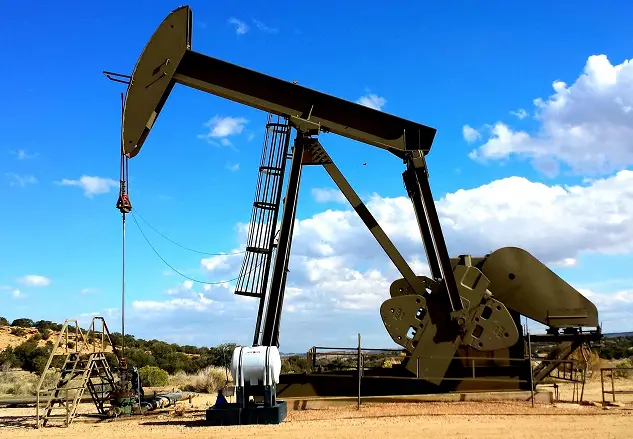Investment banking giant Goldman Sachs is predicting that a low rig count in the US and lack of certainty about long-term demand for oil will lead to the global oil market seeing a record-high demand, large deficits, and higher crude prices over the near term.
Daan Struyven, Goldman’s head of oil research, said in an interview with CNBC’s “Squawk Box Asia” on Monday, that the investment bank expected the second half of this year would see “pretty sizable deficits” once demand hit “an all-time high.”
He added that Goldman was presently forecasting that Brent crude, the major European benchmark, will rise from its present position at $80 per barrel, to $86 per barrel by the end of the year.
Struyven went on to predict that although crude production has increased substantially in the course of the past year, the remainder of 2023 will see the growth rate decline, due to a diminution in the number of oil rigs.
Last week it was reported that the oil rig count has fallen to the lowest point since March of 2022.
Struyven went on to note that the after the energy ministers of the G20 were unable to reach a consensus on phasing out fossil fuel usage at the summit last week in India, it would appear there is a “very substantial” uncertainty regarding long-run oil demand.
On Saturday, the International Energy Agency said that it expects there will be a tightening of the oil markets in the second half of 2023. Its latest report revised its global oil demand growth projections downward. However the head of the IEA, Fatih Birol, noted that the IEA could revise the projections upward on short notice, depending on the economic growth of China and some other countries.
For the majority of 2022, oil prices rallied after the application of sanctions against Russia by the West disrupted global supply chains for the fuel and forced a reorganization of shipping flows. By the end of the year, the market had reorganized its supply routes and purchasing relationships, leading to a significant decline in prices. At the same time, a milder than expected winter also placed downward pressure on prices, as did a global slowdown in economic activity.
As prices began to decline, OPEC+, made up of the Organization of the Petroleum Exporting Countries (OPEC), and allies including Russia, met in October and agreed to reduce its production output by roughly 2% of the global demand, for a period lasting from November until the end of 2023. Further cuts were agreed to later, in an effort to support prices.
On Monday, Brent crude prices rose over $82 per barrel, as US benchmark West Texas Intermediate (WTI) futures traded at more than $78 per barrel.


